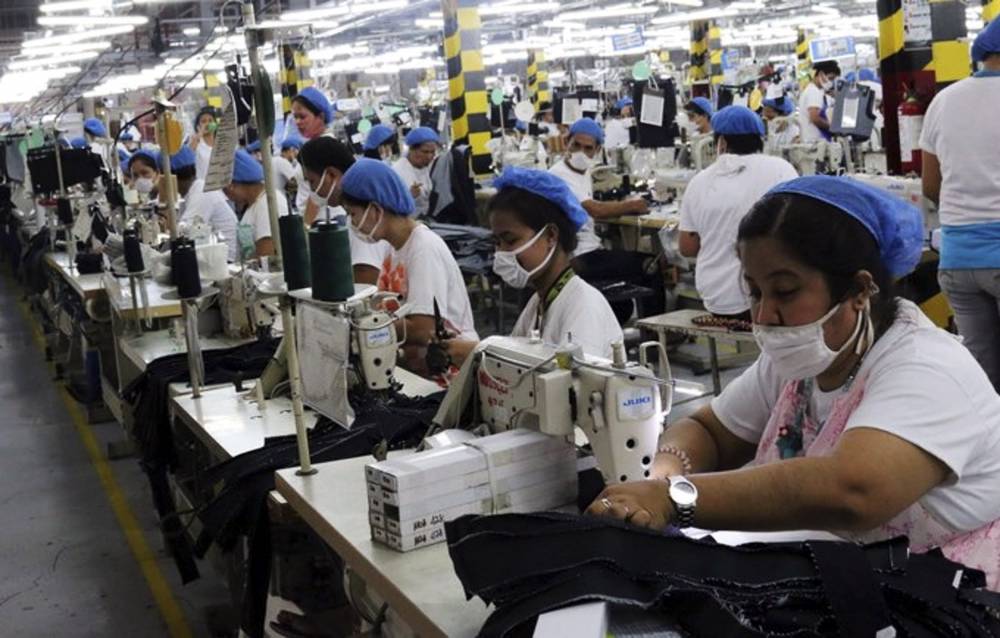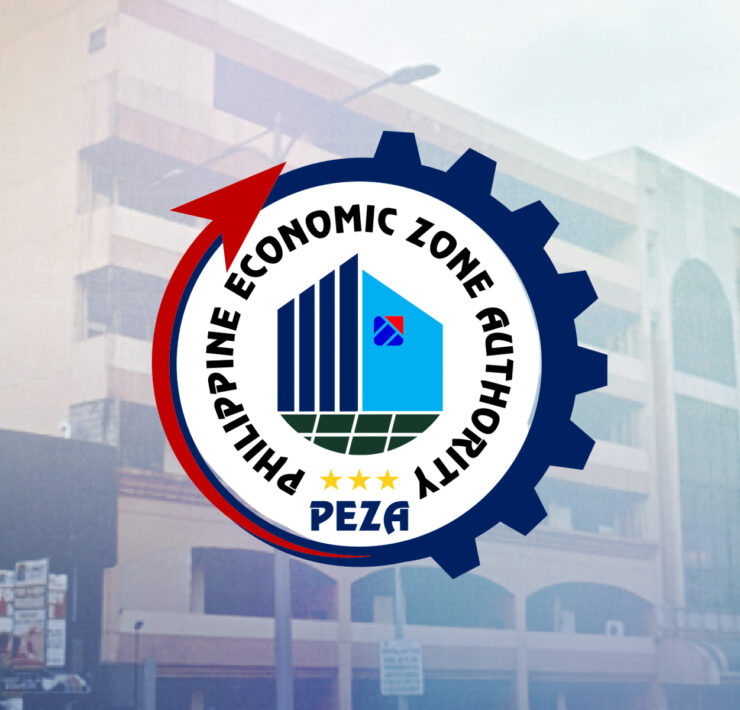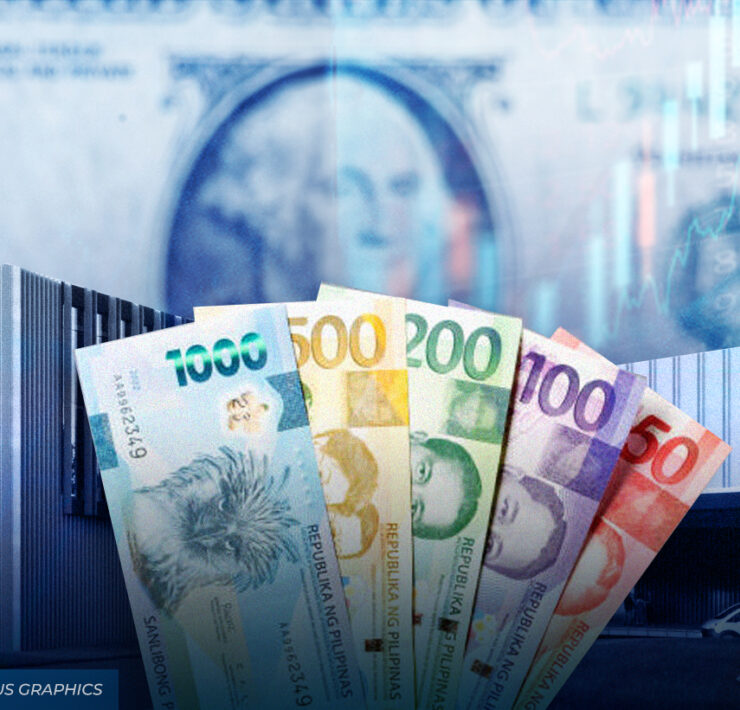Factory output further slowed in June, says S&P

Manufacturing activity in the Philippines eased to its slowest in three months in June amid the slowing growth of new orders, S&P Global said on Monday.
The latest S&P Global Philippines Manufacturing Purchasing Managers’ Index (PMI), which measures the country’s manufacturing output, further slipped to 51.3 in June from 51.9 in the previous month.
This marked the 10th straight month, however, that the index settled above the 50-mark that separates growth from contraction.
A PMI reading above 50 denotes better operating conditions than in the preceding month, while a reading below 50 shows a deterioration.
Despite the decline, the Philippines’ PMI reading in June was the third fastest growth among six included Association of Southeast Asian Nations (Asean) countries, just behind Vietnam and Thailand with 54.7 and 51.7, respectively.
On average, Asean’s PMI expanded to 51.7 in June from 50.9 in May.
Weaker upticks
“While strong improvements in demand trends earlier in the second quarter allowed manufacturing firms to raise their production volumes at a solid and sustained rate in June, the recent cooling in demand conditions could mean weaker upticks in output as we move into the second half of the year,” S&P Global Market Intelligence economist Maryam Baluch said in a statement.
The report said that a “notable cooldown” was recorded in the growth of new orders in June, which indicated a weaker improvement in demand trends, making it the second weakest in the 10-month growth of the country’s PMI.
Exports for local goods also eased to a three-month low in June.
As demand softened, this allowed manufacturers to reduce their backlog at a faster rate in three months.
On the other hand, production output rose “solidly” at its strongest pace in six months.
“Nevertheless, rising production volumes and hopes of increased activity in the coming months, encouraged Filipino manufacturers to ramp up their purchasing activity,” she said.
S&P Global also noted that manufacturers increased their charges on the back of shortages seen in raw materials.
For the coming months, Baluch expressed a rosy outlook as manufacturers remained optimistic in the sector with hope that improved demand conditions would support factory output expansions.
“However, the level of optimism dimmed from May’s recent high and was weaker than the series average,” she added.




















